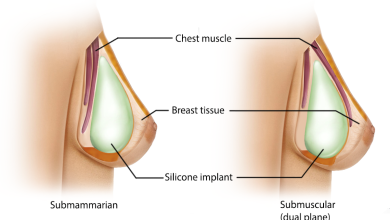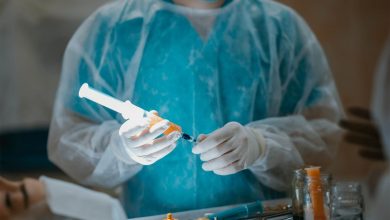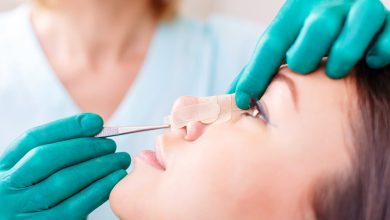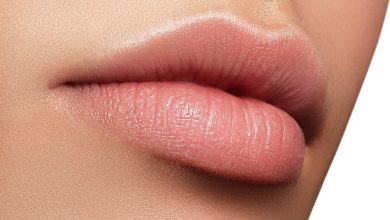What is Otoplasty?
What is Otoplasty?
Otoplasty is the surgical correction of prominent ear deformity characterized by over-projection of the auricle from the skull that can be seen very clearly when viewed from the front, which can cause children to be ridiculed by their friends from school age and consequently cause serious self-confidence problems in children.
How Is Otoplasty Performed?
- Age Limit for the Surgery: Since the auricle reaches its adult size in childhood, the prominent ear is surgically corrected starting from the pre-school period, in order to prevent the psychological trauma that the child would otherwise suffer at school. There is no need to wait for the child to turn 18 for surgery.
- Anesthesia type: It is performed under general anesthesia for children and under intravenous sedation and local anesthesia for adults.
- Duration of surgery: It takes 1 to 3 hours depending on the technique used and the severity of deformation.
- Before surgery: Taking blood thinners such as aspirin, green tea, vitamin E and nutritional supplements should be discontinued 15 days before the operation. Detailed information on this topic can be found on our webpage about the preoperative period.
- Surgical technique: In the classical surgical technique, the ear cartilage is reshaped through an incision made on the posterior surface of the auricle, the missing auricle fold is created, and the skull-auricle angle is made normal. There is not a standard surgical technique; so, different techniques can be used depending on the deformation type and the surgeon’s experience.
- It is possible to partially reshape the auricle by placing sutures, with no need to make any incision on the ear skin; however, these suture may tear the cartilage and, as a result, the auricle may return back into its original shape.
- At the end of the surgery, dressing and bandage are applied in order to enable the ear skin to adapt to the new shape, and they should be kept in place for at least 5 days.
After Surgery: As a precaution against the blood accumulation under the ear skin, the pressure in the auricles should be reduced by keeping the patient in a semi-sitting position from the waist. In addition, the patient should avoid strenuous movements such as straining and lifting heavy things after the operation, and should not consume blood thinners and nutritional supplements in at least the first 2 postoperative weeks.
- Sutures placed behind the auricles are removed after 7 to 10 days; but in some cases, self-dissolving stitches are also used.
- After the dressing period is completed, a special bandage should be used for at least 15 more days to prevent the auricle from bending forward, especially while lying. During the day when the person is awake, he or she does not need to use the bandage.
- The ear skin is more edematous and pink in the first month, but it then becomes thinner over time and takes its final shape.
Some creams are applied to the surgical scar behind the auricle, and it takes 1 year for the scar to take its final shape on average.
Risks and Complications of the Procedure
- Infection
- Blood accumulation under the ear skin
- Circulatory disorder and tissue loss in the ear skin
- Poor healing of the incision scar
- Unsatisfactory aesthetic appearance
- Asymmetry
Dos and Don’ts after Otoplasty
Otoplasty operations take 1.5 to 2 hours on average. Otoplasty operation that can be performed under local anesthesia for adults is performed under general anesthesia for children. A bandage is applied to the auricle in such a way as to fit the new folds, and the patient is discharged home the same day or the next day after surgery.
After otoplasty, the patient lies down with the head elevated.
In order to avoid any bleeding complications, the patient should avoid strenuous movements such as straining and lifting heavy things after the operation, In addition, blood thinning drugs such as aspirin, and herbal products such as green tea should not be consumed.
After otoplasty, the bandage should be kept in place for the first five postoperative days. Afterwards, a special tape is used for 6 weeks to prevent the auricles from bending forward and folding, especially at night, but the patient can continue his/her daily life without the need for this tape during the day.
After otoplasty, the skin of the auricle is more edematous than normal in the first month, but over time, the skin becomes thinner and its color completely returns to normal. Silicone-containing creams are applied to the surgical scar behind the auricle, and it takes 1 year for the scar to take its final shape on average.
You can fill out the contact form or call us at our contact numbers to get detailed information about the otoplasty procedure performed to make the auricles more proportional to the person’s face by correcting the deformity called prominent ear, which is defined as protruding auricles that look more angled and prominent than normal when viewed from the front.
2024 Otoplasty Prices in Istanbul
To get an otoplasty price, the patient needs to undergo a detailed examination. An otoplasty price can only be offered after this examination. You can reach us using the contact details to get examined, make an appointment or ask your questions.




